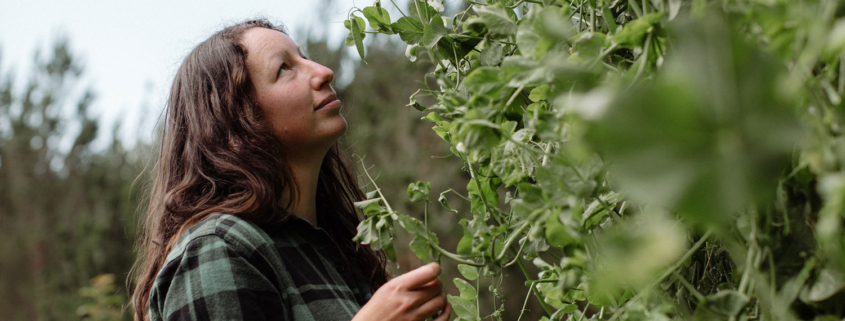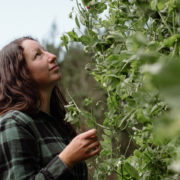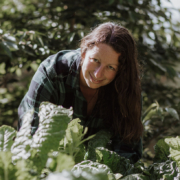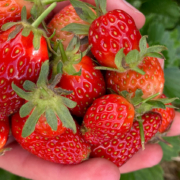Moon Calendar May-June 2025
Cosmic planting calendar
By Monique Macfarlane
It brings me great joy that Matariki is being celebrated in whole new ways in New Zealand – our natural new year in the southern hemisphere. In the Gregorian calendar, the ‘new year’ ticks over on an arbitrary day between ‘December’ and ‘January’. This feels incredibly out of place to me, the more I am immersed with the rhythms of the land and the cosmos. The tomatoes are ripening, the zucchini glut is here, beans, snowpeas and chillies are flourishing, all of the fruiting crops are coming to their crescendo. The garden needs my caress almost daily. At that time we are in the midst of the year, and have just surpassed the longest day.
Marking the new year in the depths of winter, timed with the new moon and Tangaroa phases, when the stars disappear and then reappear on the horizon, has an ease to it. A timeliness. An exhale, as we gather the year gone before us, those who have departed from us, and prepare for the year ahead of us. Quite rightly it moves with the land, the skies, and is a period of time, not just a day.
Matariki, or the Pleiades star cluster, isn’t the marker everywhere in New Zealand either, to mark this particular passage of time. In the north, the west, and places in the south, Puanga or Puaka is the star that marks the passage. I love this. The nuance of the environment speaking to us. Showing the way. What does your environment say to you? What do you witness?
Celebrate, reflect, honour. Take the time to be with yourself. Feast, share, come together. Enjoy the prevalence this particular rhythm is having in our lands, and the authenticity of it all.
The following content is only available to logged-in members – log in here. Not a member? Join us to gain access to a wide range of content.
Monique Macfarlane is a holistic food systems facilitator, teaching biodynamics, planting by the moon, no-dig food growing and self-sufficiency. See www.natural-wisdom.net
Monique co-creates with organic, biodynamic, regenerative, no-till, and natural principles on eight hectares in Waihi that includes a small market garden, orchard, pastoral grazing, chickens and agroforestry.
Images: Arina-Ulyasheva, VeraPetruk









